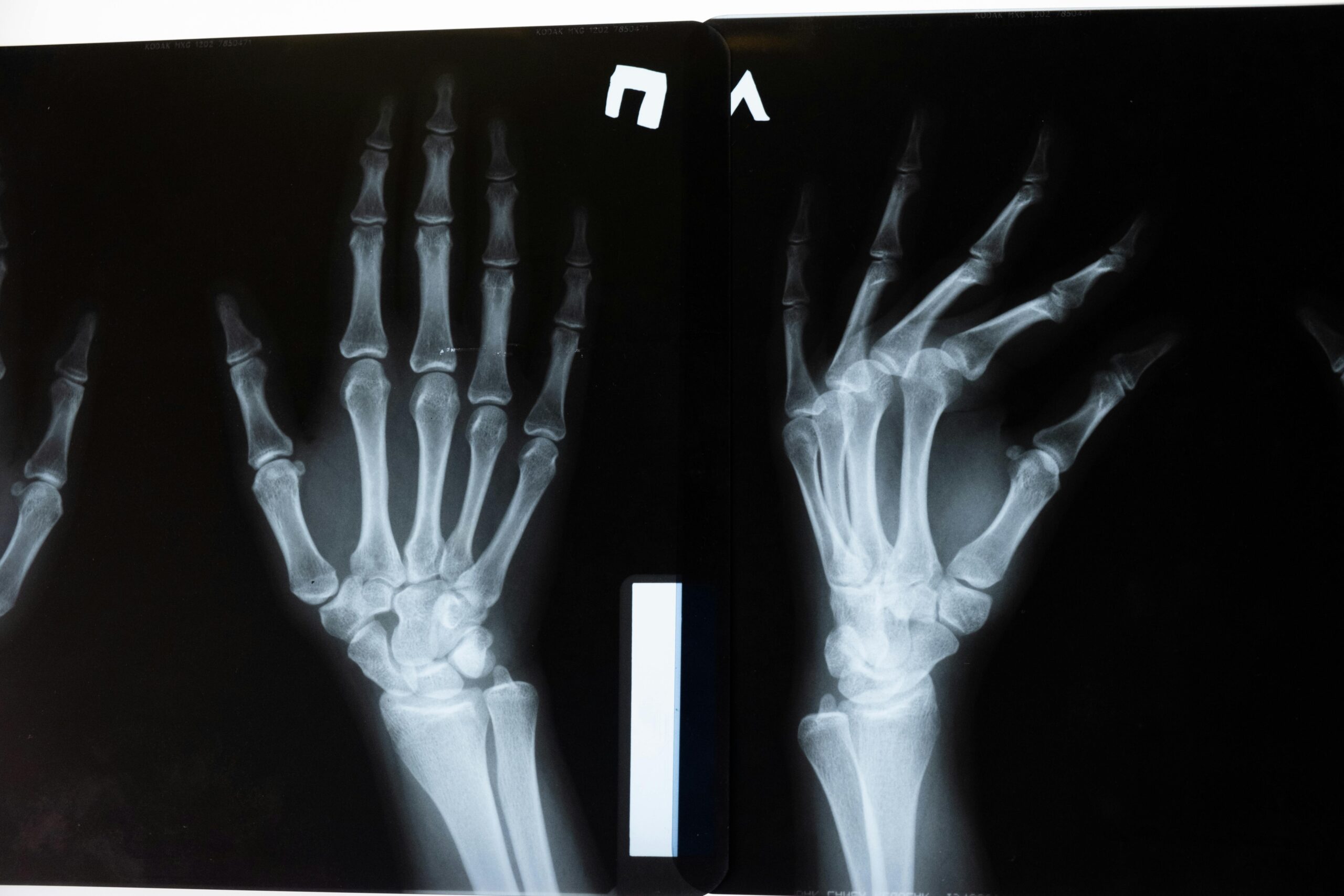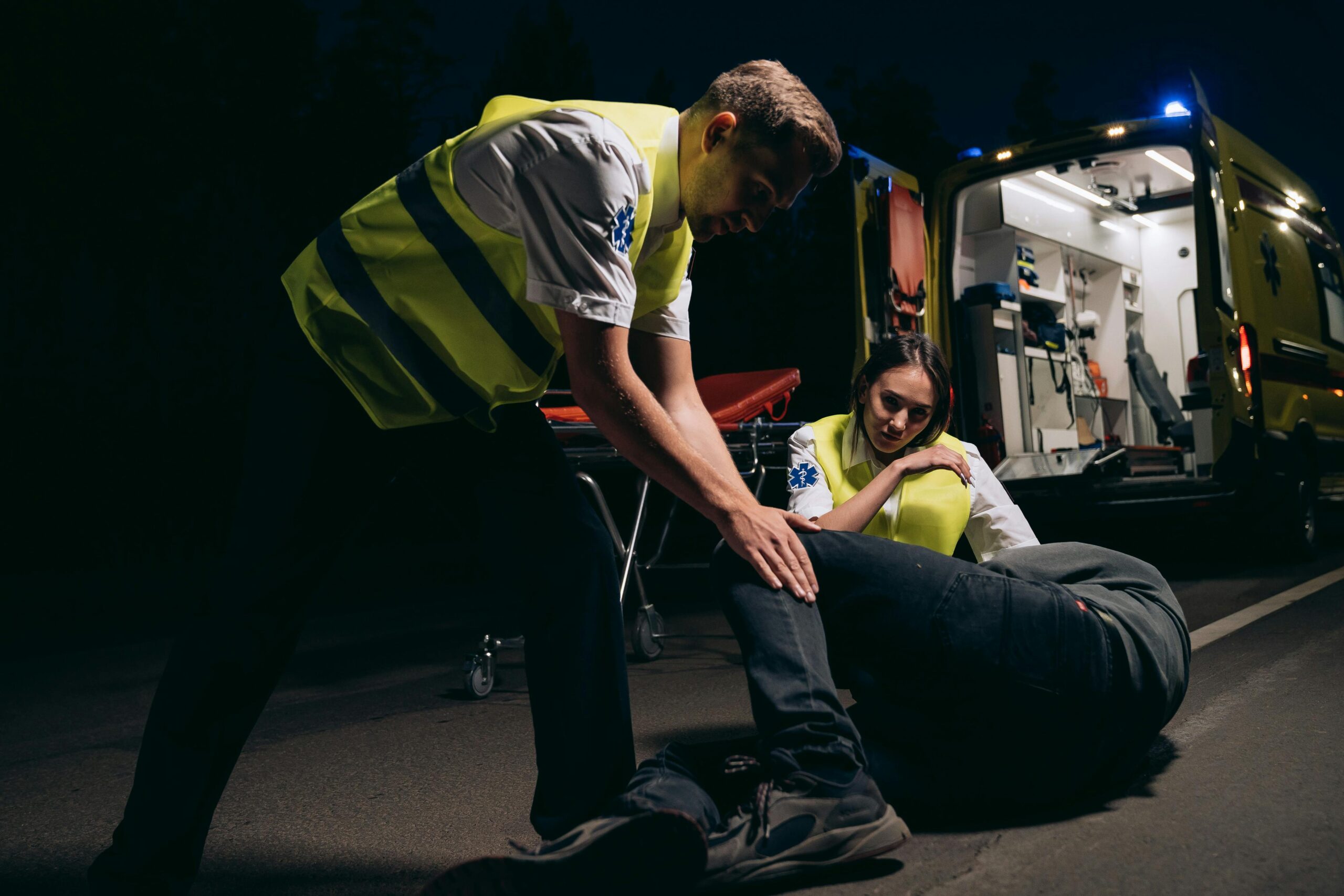Osteoarthritis, also known as osteoarthritis or degenerative joint disease, is a chronic disease that mainly affects the joints. It is the most common form of arthritis and is characterized by the progressive wear and tear of articular cartilage, which is the tissue that covers the ends of bones and allows joints to move smoothly and without friction.
Causes of osteoarthritis:
Osteoarthritis occurs when the cartilage that protects the ends of bones wears away over time. This wear may be due to:
Aging: It is more common in older people, since cartilage loses its ability to regenerate with age.
Joint overload: Excessive use of the joints, whether due to repetitive activities, obesity or high-impact sports.
Genetic factors: Some people have a hereditary predisposition to develop osteoarthritis.
Previous injuries: Trauma, fractures or joint surgeries can increase the risk.
Metabolic diseases: Conditions such as diabetes or gout can contribute to the development of osteoarthritis.Symptoms of osteoarthritis:
The most common symptoms include:
Joint pain: It usually worsens with movement and improves with rest.
Stiffness: Especially after periods of inactivity, such as when getting up in the morning.
Inflammation: Joints may swell and feel hot to the touch.
Cracking or clicking: A rubbing sensation or sounds when moving the joint.
Loss of mobility: Difficulty moving the affected joint.
Joint deformity: In advanced cases, the joints may become deformed.Joints most affected:
Osteoarthritis most often affects:
Knees
Hips
Hands (especially finger joints)Backbone
Diagnosis:
The diagnosis is based on:
History and physical exam: The doctor evaluates the symptoms and performs an exam of the joints.
X-rays: To look at cartilage wear and bone changes.
MRI: In some cases, to obtain more detailed images.
Synovial fluid analysis: To rule out other causes of joint pain, such as gout or infections.Treatment:
Osteoarthritis has no cure, but there are treatments to relieve symptoms and improve quality of life:
Medications:
Analgesics (paracetamol) for pain.
Non-steroidal anti-inflammatory drugs (NSAIDs) to reduce inflammation.
Corticosteroid or hyaluronic acid injections in severe cases.
Physical therapy:
Exercises to strengthen the muscles around the joint and improve mobility.
Lifestyle changes:
Weight loss (in case of obesity).
Avoid activities that overload the joints.
Support devices:
Use of canes, splints or insoles to reduce the load on the joints.
Surgery:
In advanced cases, it may be necessary to replace the damaged joint (arthroplasty).Prevention:
Although it is not always possible to prevent osteoarthritis, steps can be taken to reduce the risk:
Maintain a healthy weight.
Exercise regularly to strengthen muscles and maintain flexibility.
Avoid joint injuries.If you suspect you may have osteoarthritis, it is important to see a doctor for proper diagnosis and treatment.




